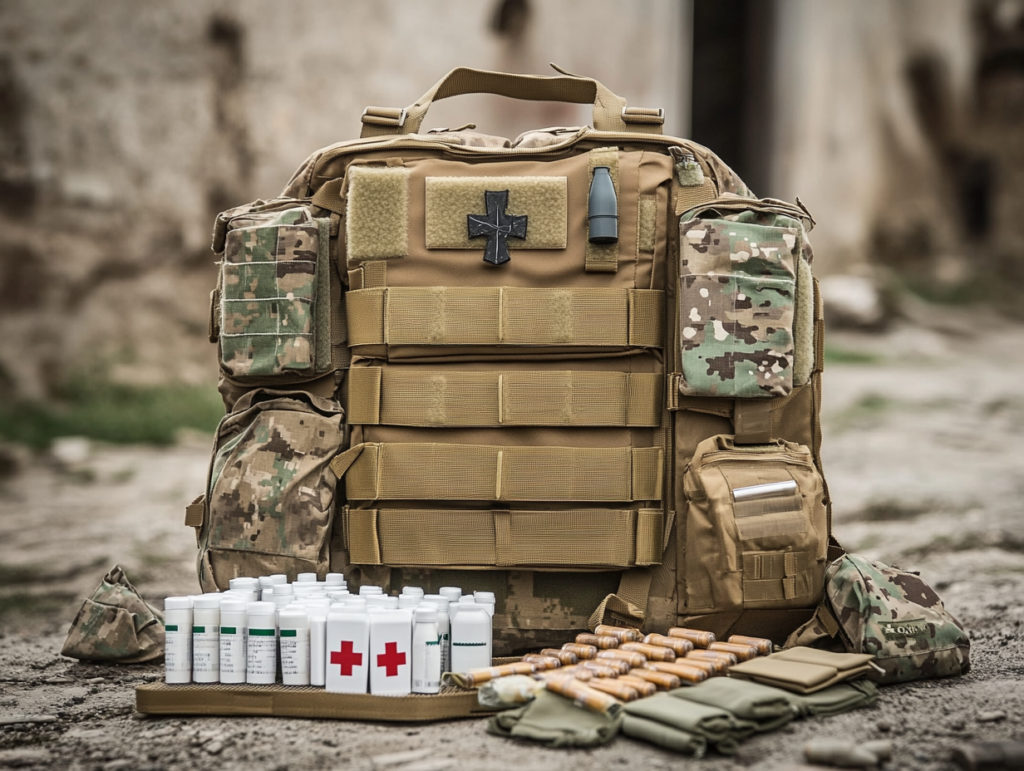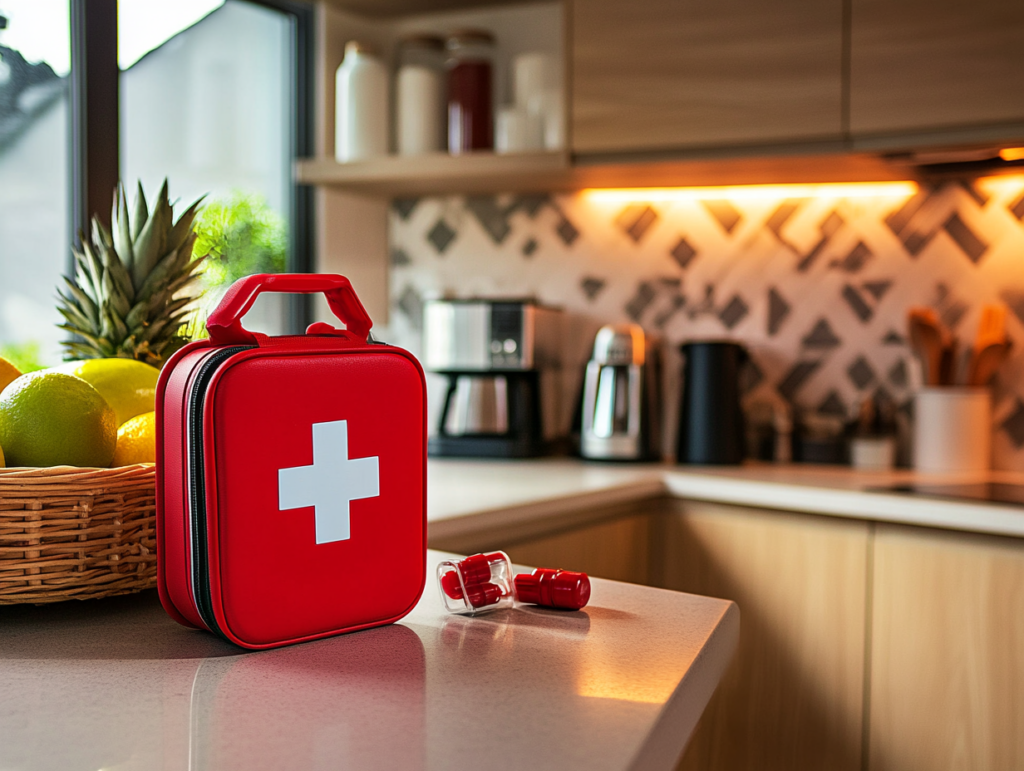First aid kits are of vital significance in the medical field, ensuring the effectiveness and promptness of emergency medical care through their diverse applications and strict standards.
Hospital-Based Applications
Emergency Department
In the emergency department, where critical patients first receive treatment, first aid kits are essential. They contain airway management tools like laryngoscopes and endotracheal tubes, enabling rapid airway opening for patients with respiratory arrest or obstruction. Emergency drugs such as adrenaline and amiodarone can be quickly administered intravenously to stabilize vital signs in cases of arrhythmia or cardiac arrest.
General Wards
Even in general wards, these kits play a crucial role. For long-term bedridden patients, if sudden hemoptysis occurs, nurses can swiftly retrieve a suction device from the kit to clear the airway and prevent suffocation. In the event of anaphylactic shock during infusion, medications like dexamethasone and adrenaline within the kit can provide immediate relief.
Operating Rooms
Operating rooms rely on first aid kits during surgeries. Hemostatic materials such as sponges and biological glues are available to address sudden severe bleeding. In case of anesthesia-induced cardiac rate drops, the pacemaker electrode patches in the kit can assist in maintaining circulation.
Pre-Hospital Emergency Applications
Ambulance Use
Ambulances are equipped with first aid kits, serving as mobile life-saving units. At accident scenes, emergency responders can use cervical collars and spine boards from the kit to immobilize potential spinal injuries, preventing further harm. Bandages and dressings are used to manage open fractures and control bleeding, alleviating the patient’s pain.
Community Emergencies
In community settings, especially during heart-related incidents, the portable AED in the first aid kit can be crucial. It allows emergency personnel to perform defibrillation within the critical 4-minute window for ventricular fibrillation patients. Combined with cardiopulmonary resuscitation equipment, it significantly increases the patient’s pre-hospital survival chances.
Special Medical Situation Applications
Remote Medical Stations
In remote medical stations, first aid kits are a lifeline. They contain antivenom for snake bites, medications for altitude sickness, and basic wound care supplies. These provisions are essential in areas with limited access to advanced medical facilities, allowing for immediate treatment until further help arrives.
Disaster Zones
During disasters like earthquakes and floods, first aid kits carried by rescue teams are comprehensive. Besides standard supplies, they may include materials for setting up temporary operating rooms and portable diagnostic equipment, offering crucial medical support to disaster victims.
Standards and Requirements
Equipment Standards
- Comprehensiveness and Layering
First aid kits in hospitals should cover the needs of various departments. Pediatric kits should include child-appropriate equipment, while surgical kits must have a range of hemostatic tools. Items are organized by priority, with life-saving ones easily accessible. - Dynamic Adaptation
Kits should be updated regularly. Seasonal adjustments, such as adding heatstroke prevention medications in summer, and accommodating new medical procedures, like stocking supplies for interventional surgeries, ensure their relevance.
Quality Standards
- Material Selection
All materials in contact with patients, from dressings to instruments, must meet strict medical-grade quality requirements. They should be hypoallergenic, sterile, and durable, ensuring patient safety. - Performance Verification
Electronic devices like monitors and defibrillators require calibration and regular testing. This ensures accurate readings and reliable operation during emergencies.
Management Protocols
- Dedicated Management
Each department assigns responsible staff to manage and inspect first aid kits daily. This includes checking item quantities and expiration dates, with supervisors conducting weekly audits. - Technology-Enabled Tracking
Implementing IoT technology with electronic tags on kits allows for real-time inventory management. Automated alerts for low stock or expired items enhance overall efficiency.
Usage Protocols
- Staff Training
All medical personnel receive training on first aid kit usage. This includes initial orientation for new hires and regular refresher courses to keep skills current. - Standard Operating Procedures
Hospitals provide detailed guidelines on using first aid kits. These procedures cover various emergency scenarios, ensuring consistent and effective responses.
By adhering to these comprehensive applications and strict standards, first aid kits can fulfill their critical role in safeguarding lives across the medical spectrum.


